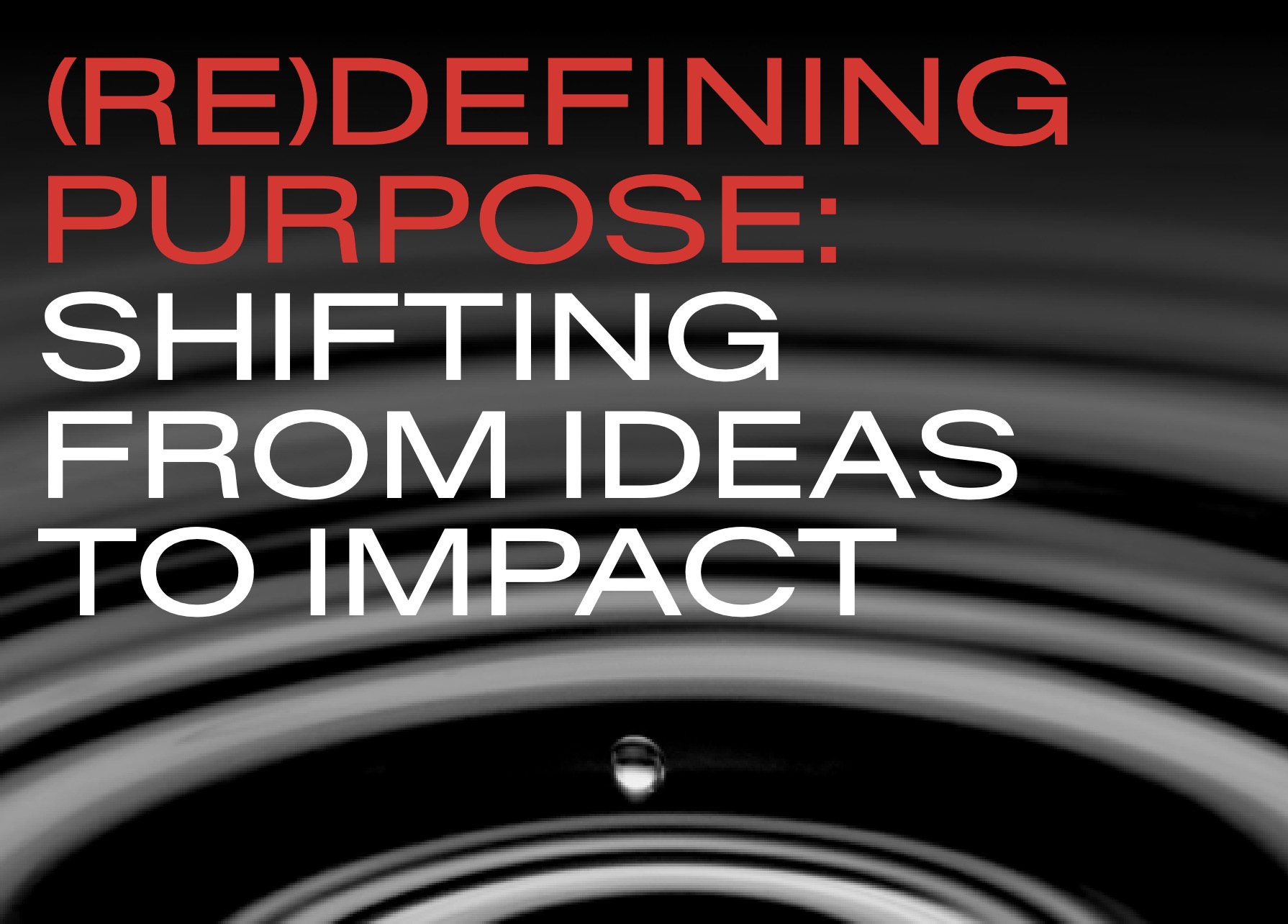HAVAS Red Australia unveils new insights on how brands can turn purpose into impact

A new white paper addressing the shifting Purpose landscape reflective of insights from leading CMO and heads of comms in this market, and the outcomes Australian organisations need to consider, has been released by HAVAS Red Australia.
The white paper, titled “(Re)Defining Purpose: Shifting from Ideas to Impact,” offers critical insights for Australian businesses navigating the complex terrain of purpose-driven strategies in the face of increased scrutiny, and amidst the rise of green washing and green hushing.
Says Shane Russell (pictured below), CEO, HAVAS Red Australia: “Purpose has always been at the heart of what we do at HAVAS Red, and we’re now in our fifth year of studying it closely. Our 2024 white paper highlights the ways brands and businesses can move from reactive gestures to proactive, purposeful engagement that resonates with both internal and external stakeholders. We dive into the evolving corporate dialogue and how companies can navigate purpose in a complex, increasingly polarised world — all while staying authentic and delivering impact that matters.”

Russell recently chaired an Australian-led Purpose roundtable hosted by HAVAS Red, with leading local CMO’s and comms leaders, and he noted: “In the Australian market, we’re seeing a significant shift in how businesses approach purpose and ESG communications. It’s no longer about lofty ideals – stakeholders expect to see how those values shape real-world outcomes. The insights from that roundtable, combined with our global insights on this topic, shows that Australian companies must be agile in their purpose journey while remaining deeply authentic so that their actions resonate with both local and global audiences.”
The white paper identifies five key areas for brands to consider when integrating purpose into their core strategy:
1. Purpose Can Have A North Star, But The Journey Must Be Fluid. A clear and authentic purpose provides brands with guiding principles, but they need to remain flexible, allowing for both precision and adaptability in aligning with evolving stakeholder expectations and societal needs.
2. Embracing Authenticity Drives Meaningful Engagement. Authentic engagement requires brands to consistently live their values through deliberate actions, bridging the gap between stated purpose and reality, while thoughtfully involving diverse perspectives to foster trust, accountability, and meaningful impact.
3. A People-First Approach Fosters Stronger Connections. Organisations can ensure that purpose-driven initiatives resonate deeply by tailoring their strategies to local needs, empowering every department and level of the organisation, and fostering stronger connections that drive long-term success.
4. A Shift From Reactive To Reflective Engagement Builds Agility. Deliberate, value-aligned and reflective engagement empowers brands to build stronger, more authentic relationships with stakeholders, enabling them to proactively anticipate challenges, adapt strategies, and align actions with their core purpose for long-term success.
5. Aligning Purpose And Profit Is Okay. Aligning purpose with profit is not only acceptable but essential, as balancing both drives greater investment into purpose-driven activities, while clear metrics and ongoing evaluation ensure credibility and long-term success. Our research, informed by discussions with leading CCOs and CMOs from diverse industries, highlights that brands must be fluid in their purpose journey, but always anchored in authenticity.
“In Australia, we’re seeing that companies are realising that purpose and profit can – and should – coexist. This alignment is crucial for driving investment in purpose-driven activities and ensuring long-term success in our unique market. The white paper draws on insights from leading Chief Communications Officers and Chief Marketing Officers across diverse industries, offering valuable perspectives for Australian businesses looking to enhance their purpose-driven strategies”, Russell said.
Download a copy of the white paper here
